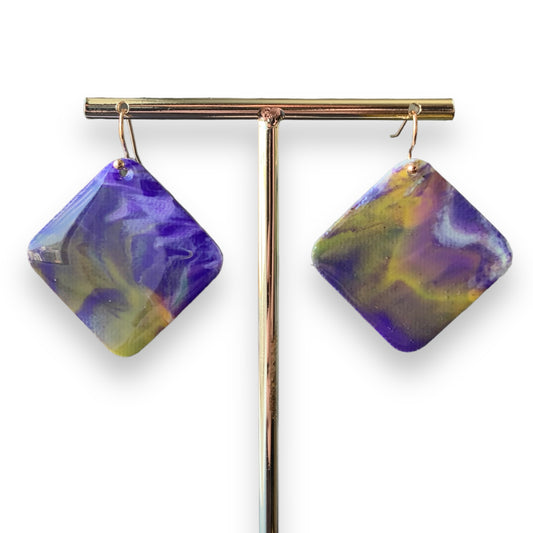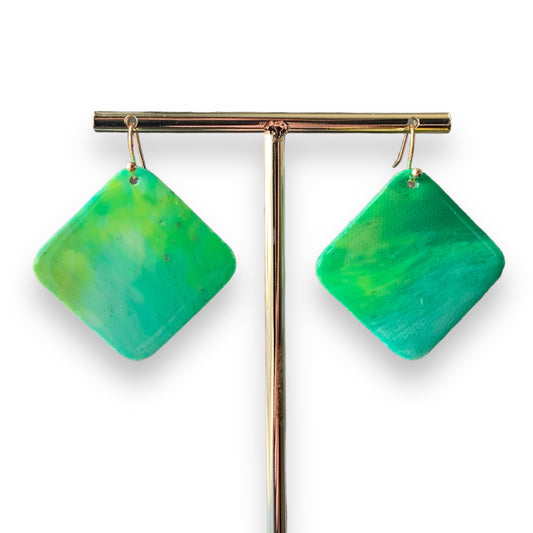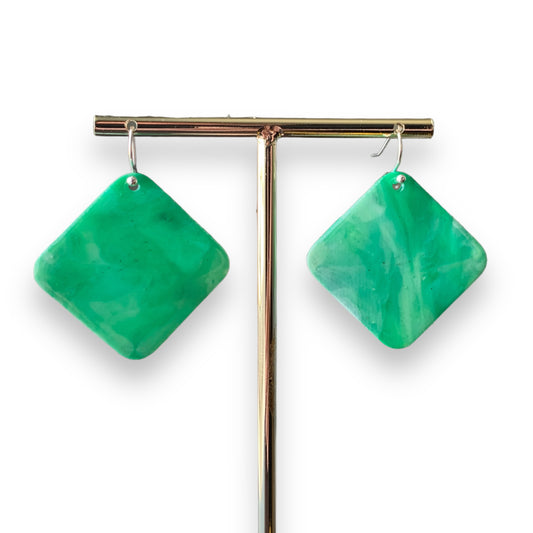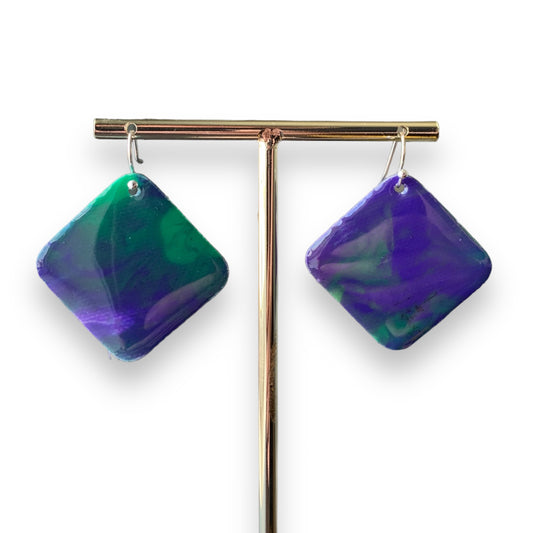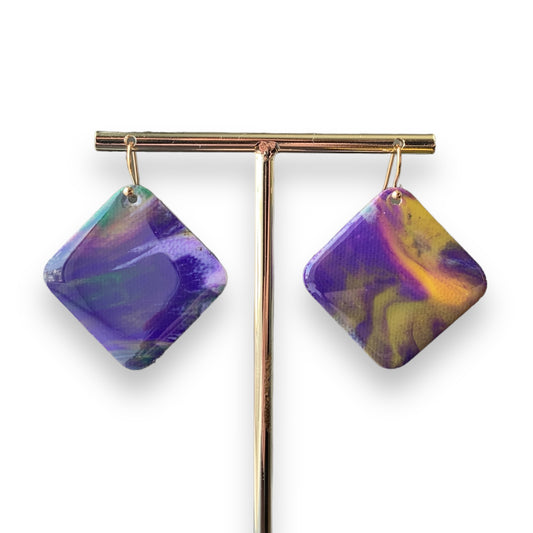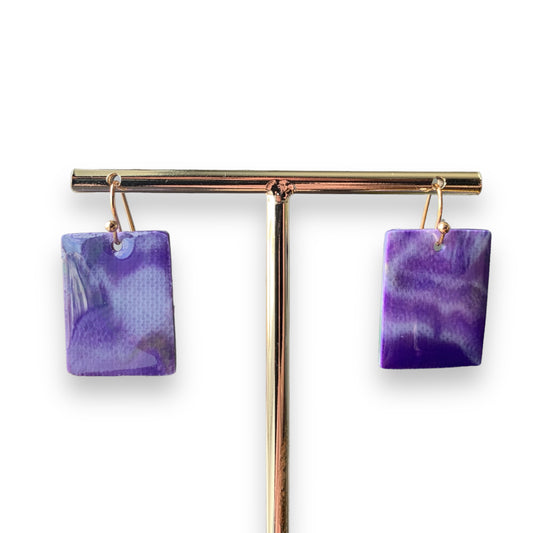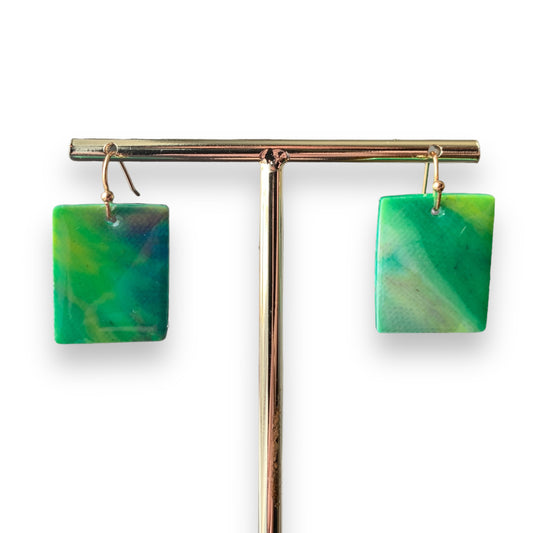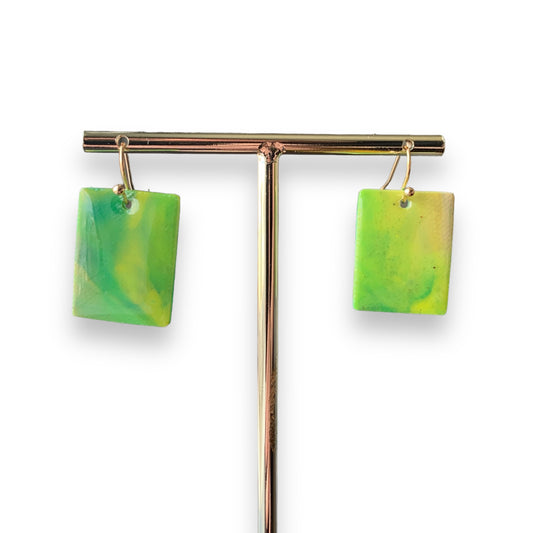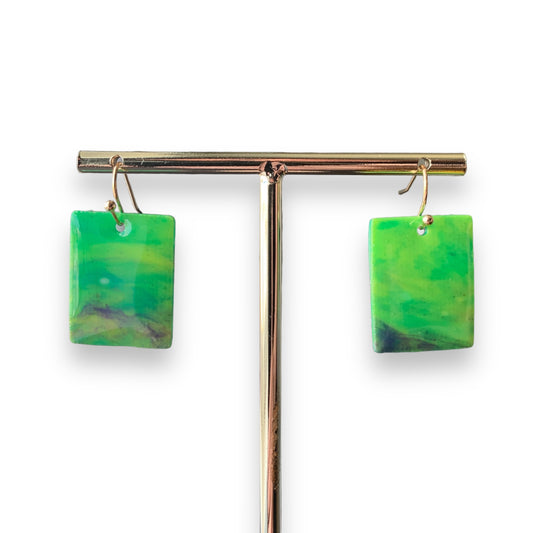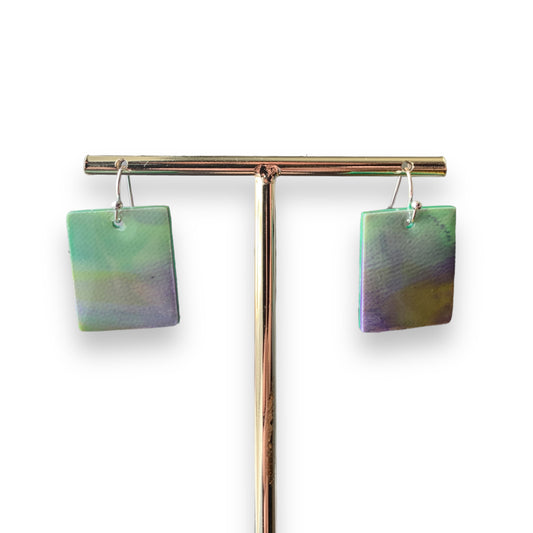
Environmental impact of charity shops.
Share
 The fast fashion and constant pleasure advertisement persuade the consumers that only shine new things deserve their attention. Those things, however, lose their spark very quickly and very often completely unused pieces of a garment is through away. Charity shops collect unwanted items and providing good quality products to people at a price they can afford. It is only one of many positive aspects of buying second-hand goods. Below you will find more environmental benefit identified by Charity Retail Association. I have also asked stylist Carol Hadson about her opinion on the topic. Read on to find out more.
The fast fashion and constant pleasure advertisement persuade the consumers that only shine new things deserve their attention. Those things, however, lose their spark very quickly and very often completely unused pieces of a garment is through away. Charity shops collect unwanted items and providing good quality products to people at a price they can afford. It is only one of many positive aspects of buying second-hand goods. Below you will find more environmental benefit identified by Charity Retail Association. I have also asked stylist Carol Hadson about her opinion on the topic. Read on to find out more.
Environmental Benefits of Charity Shops:
1. Ethical disposal
The charity shops give everyone an ethical option when they wish to dispose of unwanted items. Packing your clothes and dropping off to the nearest charity shop is almost as simple as putting them into your bin.
2. Higher chance to recycle
If a charity retailer cannot sell an item in front of the shop, they will seek to recycle it directly or through a textile recycler. This is why, overall, charity shops are able to reuse or recycle more than 90 per cent of donated clothing, over 90 per cent of donated books and 85 per cent of donated electrical goods.
3. Reduces landfill
Only in 2018, 327 000 tonnes of textiles alone were kept out of the landfill as a result of charity retail in the UK.
4. Saves Landfill Tax
Councils in Britain have to pay £86.20 in Landfill Tax for every tonne of waste they put into the ground. By reducing this amount of waste, charity shops saved local authorities around £28m in 2018 – money they can retain to spend on services for local residents instead.
5. Slows down fast fashion
The average customer transaction value in a charity shop is just £4.05. The charity retail sector is not only built on sustainable principles but it provides clothing to people at a price they can afford.
This provides market competition to “fast fashion” outlets – those who sell mass produced items imported from all around the world – on the high street and gives consumers the option to buy clothes sustainably, whatever their budget.
6. Keeps it local
House-to-house bag collections have become a feature of British life. When charity shops collect clothes on the doorstep they are kept in the area and sold in local shops, with all the profit going to charity.
Sustainable stylist opinon:
I originally started shopping in charity shops and pre-loved boutiques after I’d left the corporate world and had less disposable income. My own buying preferences had always been quality over quantity and I’d usually topped up my wardrobe in cute little boutiques, when we were abroad. Why - because I wanted something different. Being a new business owner my spending priorities changed. I still wanted quality over quantity. Pre-loved boutiques and charity shops offered the uniqueness that also suited my spending power. Last year I had an awakening in terms of sustainability (Blue Planet anyone). I became more and more aware of the shocking statistics around how many clothes we buy and dispose of, each year. I didn’t want to add to the problem.
Second hand clothes offer an affordable way of buying sustainably. It’s also fact that we reduce carbon, waste and water footprints by 20-30% by extending the life of a garment by 9 months (www.wrap.org.uk)
If you are shopping in charity shops or dress agencies it’s as important to apply what I call my ‘golden rules’ of shopping Think Before You Buy (TBYB).
When shopping:
-
Think – do you have at least three ways of wearing the item with clothes/accessories you have in your wardrobe. If you need to buy an entire new outfit to wear it, then is it really worth it?
-
Before - you part with your money. Don’t be seduced by the price tag (particularly if it’s a designer brand). It’s all too easy to think you’re getting a good deal but if it’s only the price tag that gets you excited and not the item then don’t buy it.
-
You – does the item really work for you? Do you feel fabulous when you try it on? Does it look good? If not then put back on the hanger!
-
Buy – remember it’s your choice. What would happen if you didn’t buy it? Do you have anything similar in your wardrobe you could wear instead? How often have you taken a new purchase home to realise that you already have several similar items in your wardrobe?
 Sustainable Stylist:
Sustainable Stylist: Carol Hanson
carol@wantheroutfit.com
https://wantheroutfit.com

